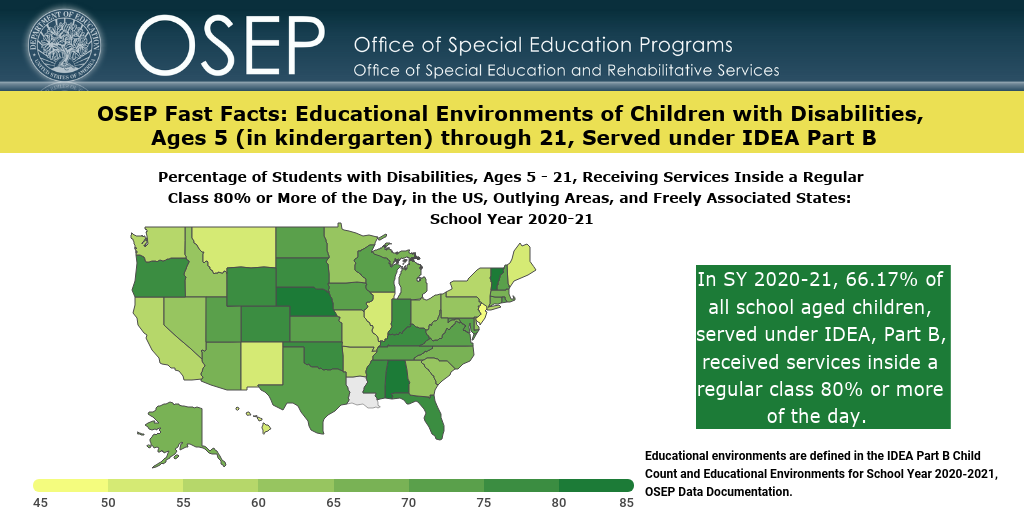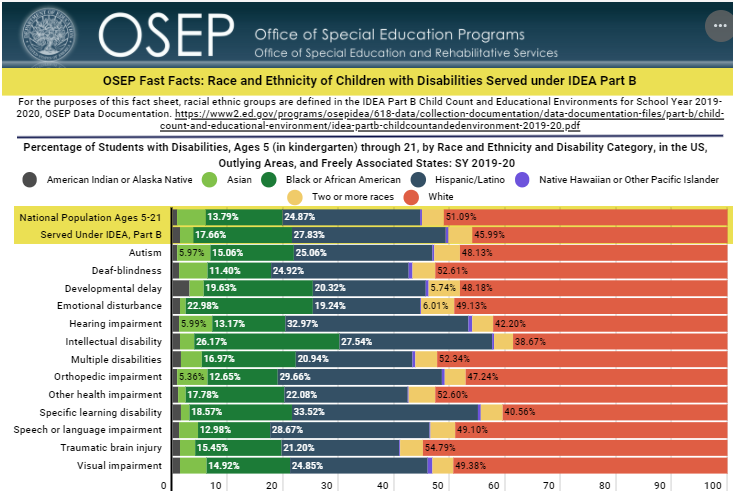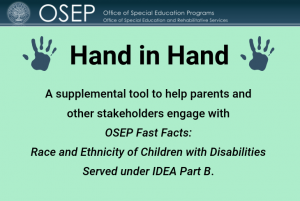In fiscal year 2022, OSERS’ Office of Special Education Programs (OSEP) provided over $101 million to fund new programs that help educate children and youth with disabilities to assist states and local districts to improve results for infants, toddlers, children, and youth with disabilities ages birth through 21.
Please read about these programs below ( ALN# | Title ). Please note that all amounts are rounded to the nearest dollar.
You can search all OSEP grantees by accessing the Office of Special Education Program’s Discretionary Grants Public Database (the FY 2022 new grant awards listed below will be added to the database by the middle of November).
Read More











